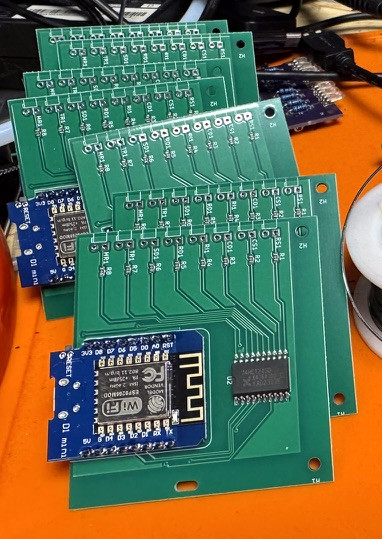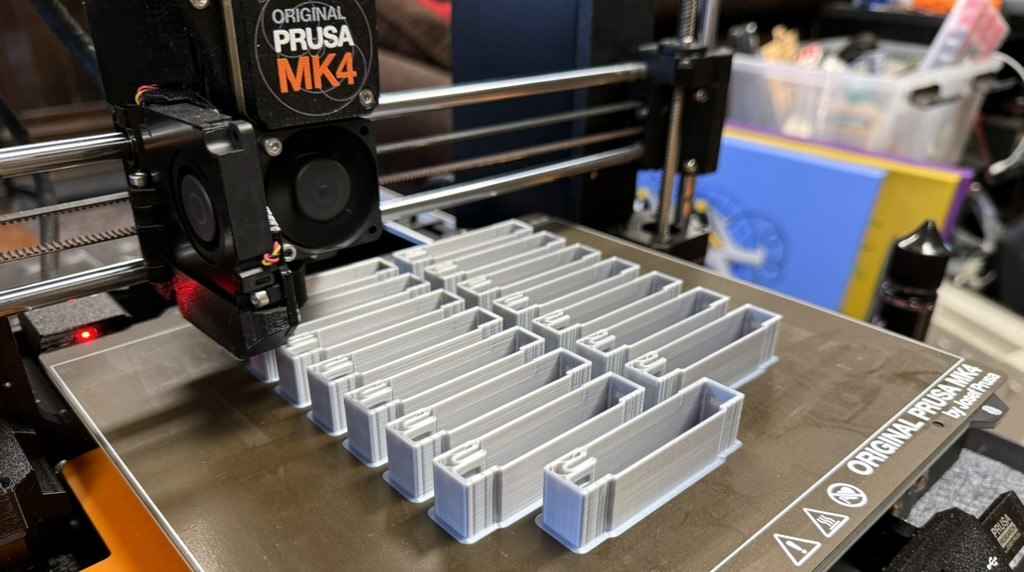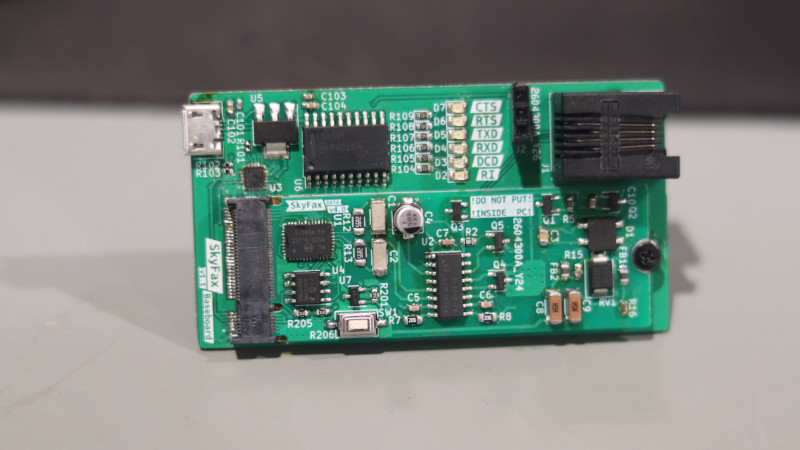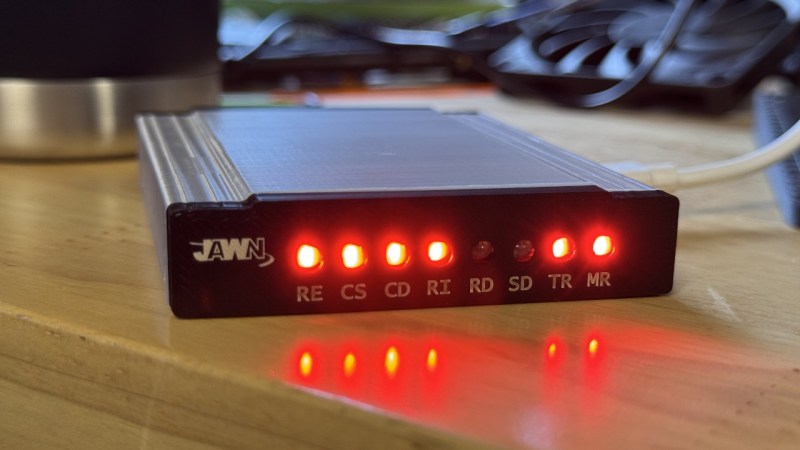For hackers of a certain age, the warbling of an analog modem remains something of a siren song. Even if you haven’t heard it in decades, the shrill tones and crunchy static are like a time machine that brings back memories of a bygone era. Alien to modern ears, in the 1980s and 90s, it was the harbinger of unlimited possibilities. An audible reminder that you were about to cross the threshold into cyberspace.
If you can still faintly hear those strangely comforting screeches in the back of your mind, the JawnCon 0x1 badge is for you. With a row of authentic vintage red LEDs and an impeccably designed 3D-printed enclosure, the badge is essentially a scaled-down replica of the Hayes SmartModem. But it doesn’t just look the part — powered by the ESP8266 and the open source RetroWiFiModem project, the badge will allow attendees to connect their modern computers to services from the early Internet via era-appropriate AT commands while they’re at the con.
 In a detailed write-up, we get a behind-the-scenes look at how the badge was designed and assembled. Being that the team is only expecting 250 or so attendees, they decided to handle production in-house. That meant printing out the cases over the course of a month and a half on a single Prusa MK4, and hand-soldering a few PCBs each day to hit their final numbers. Each front panel was also individually placed in a laser for marking, an exceptionally time-consuming process, but it’s hard to argue with those results.
In a detailed write-up, we get a behind-the-scenes look at how the badge was designed and assembled. Being that the team is only expecting 250 or so attendees, they decided to handle production in-house. That meant printing out the cases over the course of a month and a half on a single Prusa MK4, and hand-soldering a few PCBs each day to hit their final numbers. Each front panel was also individually placed in a laser for marking, an exceptionally time-consuming process, but it’s hard to argue with those results.
While the design is admittedly pushing the definition of what can realistically be called a “badge,” there’s a lanyard attached so it’s technically wearable. If the idea of being surrounded by a bunch of nerds wearing tiny modems around their necks is as enticing to you as it is to us, you’ll absolutely be among friends during this Philadelphia-area hacker con.
Although the JawnCon 0x1 badge clearly appeals to those with graying beards (literally or metaphorically), it should also provide an excellent chance for younger attendees to experience a version of the Internet that no longer exists in the real world.
The crew behind the con has spent the last few months spinning up a number of services that attendees will be able to access, including a bulletin board system (BBS), a multi-user dungeon (MUD), and a private AOL Instant Messenger (AIM) server. There’s also a selection of lo-fi websites to browse hosted on a Cobalt RaQ 4 server appliance from the year 2000. Having seen the reactions similar Internet microcosms have had while running at various Vintage Computer Festivals, we expect it should be a lot of fun for veterans and newbies alike.

We visited the inaugural JawnCon last year and came away eager for more. Judging by this look at the badge, the scheduled speakers, and the various activities set to take place during the two-day con (October 11th to the 12th), they’ve certainly delivered.
If you’re in the Philadelphia area, we highly recommend taking the ride out and experiencing the con in person. But if you can’t make it, don’t worry. We’ll be covering all the highlights of JawnCon 0x1 just as soon as we finish playing with our tiny modem.




